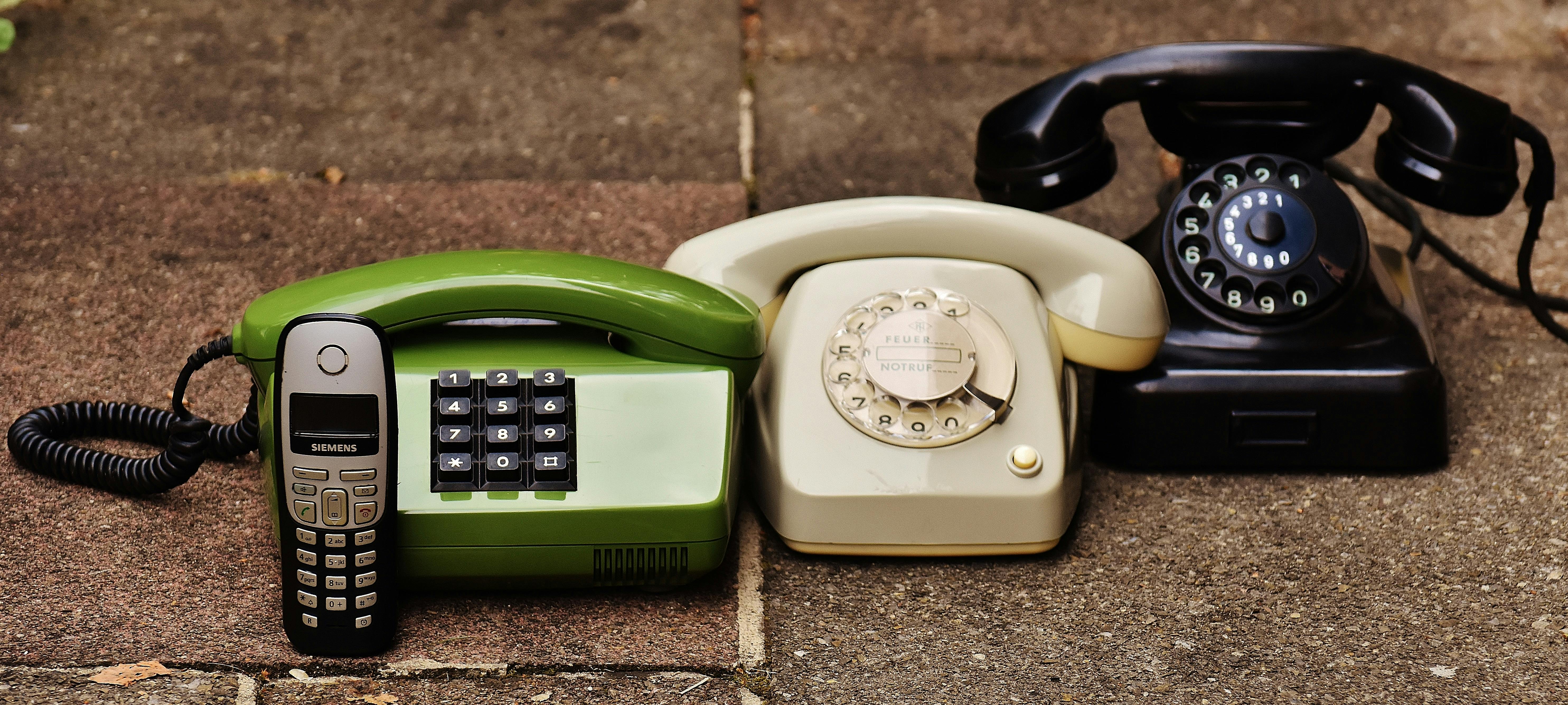Tracing the Evolution of Telecommunications: A Journey Through the History of Phones
Introduction:
The history of phones is a testament to humanity's relentless pursuit of communication, spanning centuries of innovation and technological advancement. From the humble beginnings of the telegraph to the sleek smartphones of today, each milestone in the evolution of phones has shaped the way we connect and interact with one another. In this comprehensive article, we embark on a journey through time to explore the fascinating history of telecommunication devices and the transformative impact they have had on society.
1. The Birth of Telecommunication:
The story of phones begins with the invention of the telegraph in the early 19th century, which revolutionized long-distance communication by transmitting electrical signals over wires. Developed by inventors such as Samuel Morse and Alexander Graham Bell, the telegraph laid the foundation for future innovations in telecommunication technology.
2. The Rise of the Telephone:
In 1876, Alexander Graham Bell patented the first practical telephone, forever changing the landscape of communication. Bell's invention allowed users to transmit sound over long distances using electrical signals, paving the way for the widespread adoption of telephone networks and the establishment of the first telephone companies.
3. The Age of Rotary Dial Phones:
Throughout the early to mid-20th century, rotary dial phones became the standard for residential and business communication. These iconic devices featured a rotating dial with numbered holes corresponding to each digit, allowing users to place calls by dialing the desired number. Rotary phones remained prevalent until the advent of push-button technology in the late 20th century.
4. The Advent of Mobile Phones:
In 1973, Motorola engineer Martin Cooper made history by placing the world's first mobile phone call from a prototype handheld device. This groundbreaking invention paved the way for the commercialization of mobile phones, which became increasingly compact, portable, and feature-rich over the following decades. The introduction of digital cellular networks in the 1990s further accelerated the adoption of mobile phones, ushering in the era of ubiquitous wireless communication.
5. The Smartphone Revolution:
The launch of the Apple iPhone in 2007 marked a pivotal moment in the history of phones, ushering in the era of the smartphone. With its touchscreen interface, app ecosystem, and internet connectivity, the iPhone revolutionized the way we communicate, work, and access information on the go. Today, smartphones have become indispensable tools for modern life, offering a wide range of features and capabilities beyond traditional voice communication.
6. Advances in Telecommunication Technology:
In addition to smartphones, advances in telecommunication technology have led to the development of other innovative devices and services, such as cordless phones, voice-over-internet-protocol (VoIP) systems, and video conferencing platforms. These advancements have transformed the way we communicate, enabling instant, seamless connectivity across vast distances.
7. The Future of Telecommunications:
As we look to the future, the evolution of phones shows no signs of slowing down. Emerging technologies such as 5G networks, augmented reality, and wearable devices promise to further revolutionize the way we communicate and interact with the world around us. With each new breakthrough, the history of phones continues to unfold, shaping the way we connect, collaborate, and communicate in an increasingly interconnected world.
Conclusion:
The history of phones is a testament to human ingenuity and innovation, showcasing our relentless pursuit of more efficient, accessible, and seamless communication. From the early days of the telegraph to the advent of smartphones and beyond, each milestone in the evolution of phones has brought us closer together, enabling us to bridge the gaps of time and distance in ways previously unimaginable. As we continue to push the boundaries of what is possible, the future of telecommunications holds boundless potential for shaping the way we connect and communicate for generations to come.



تعليقات
إرسال تعليق